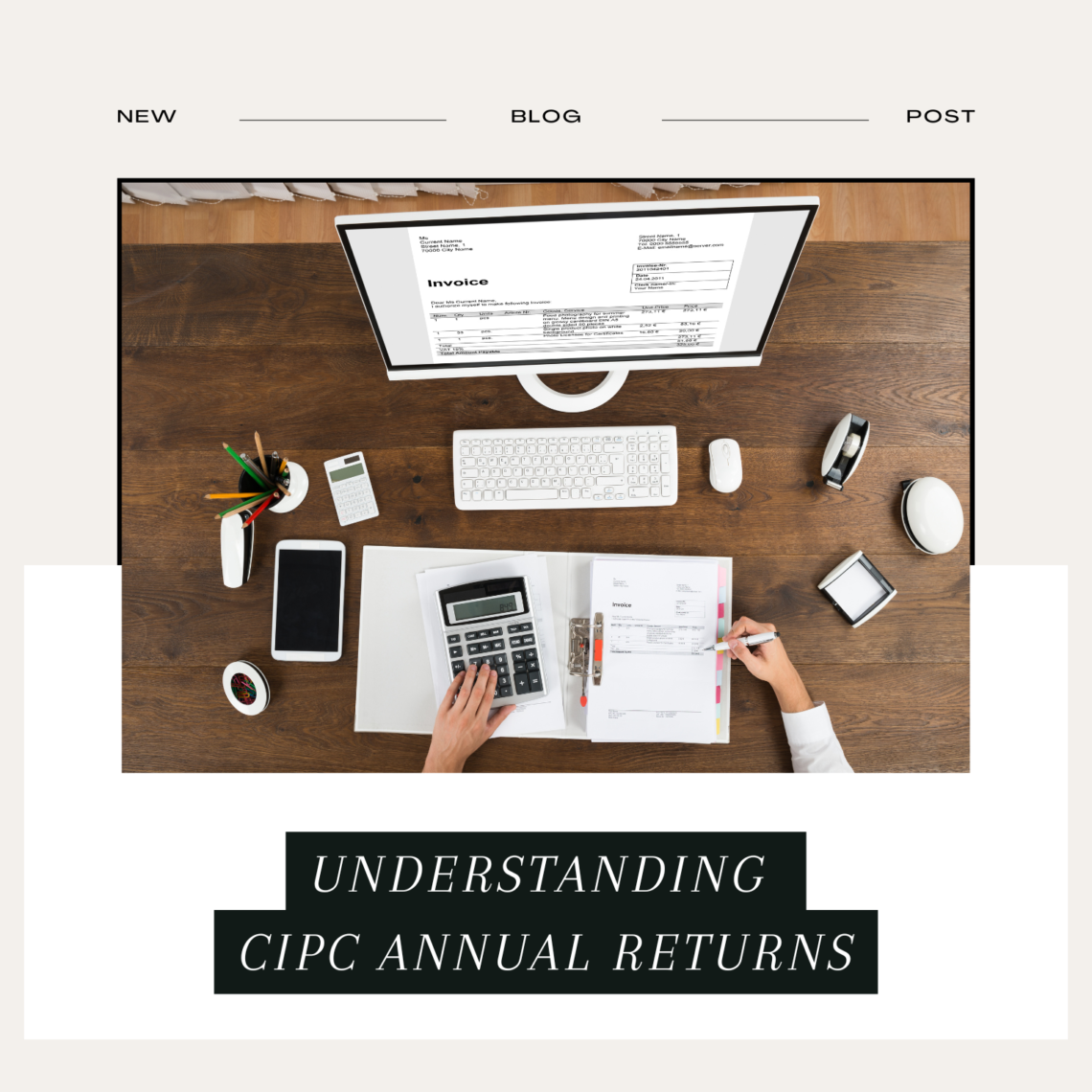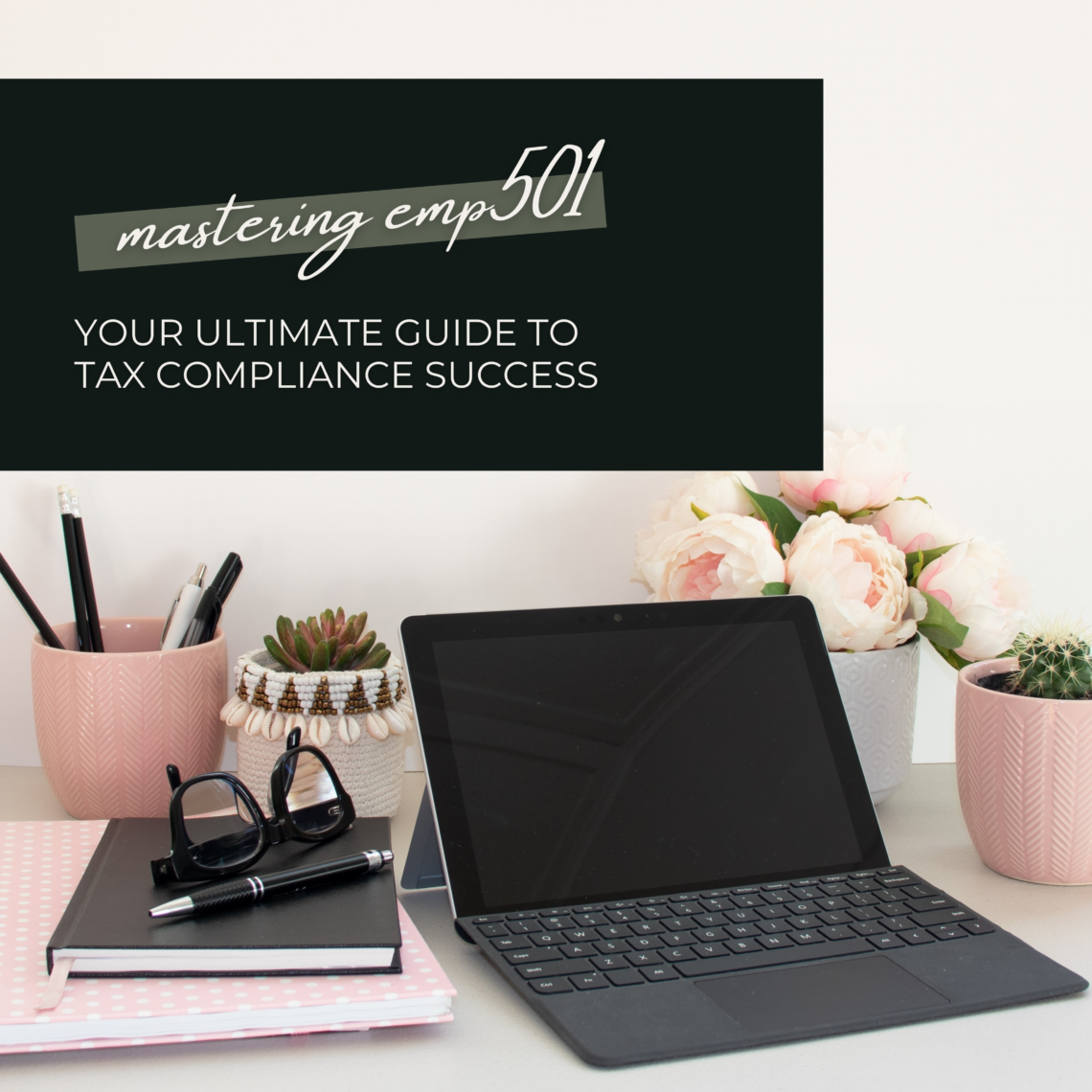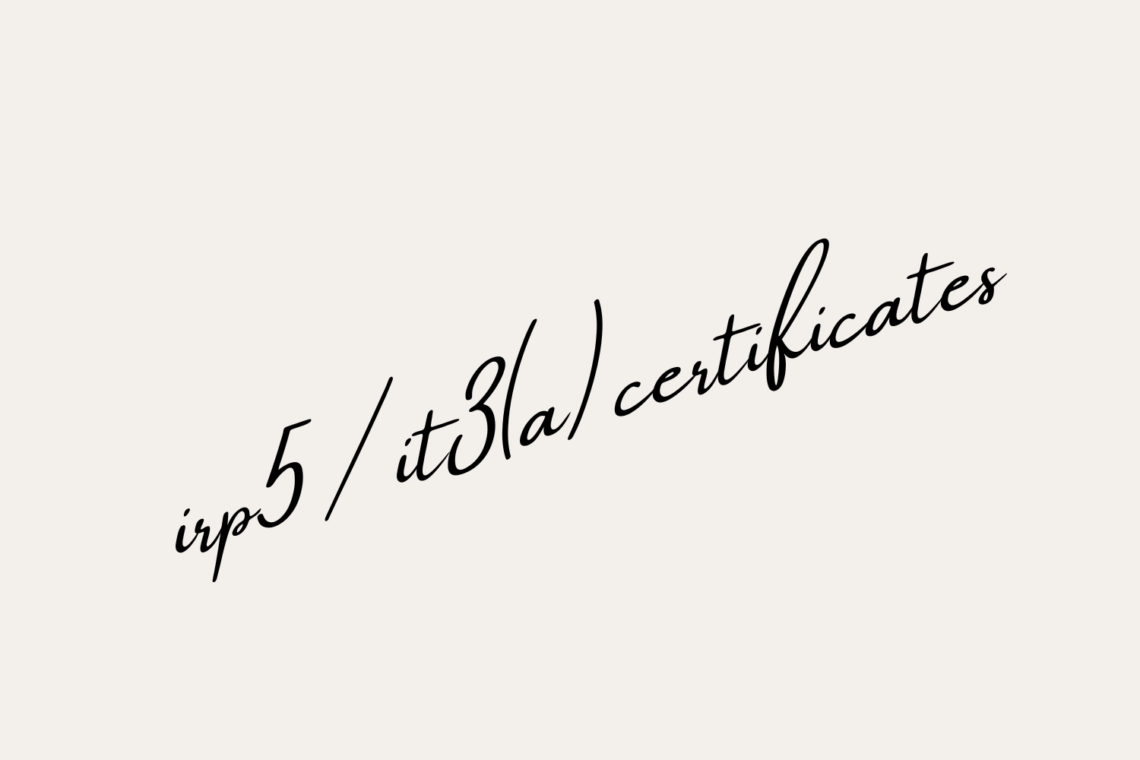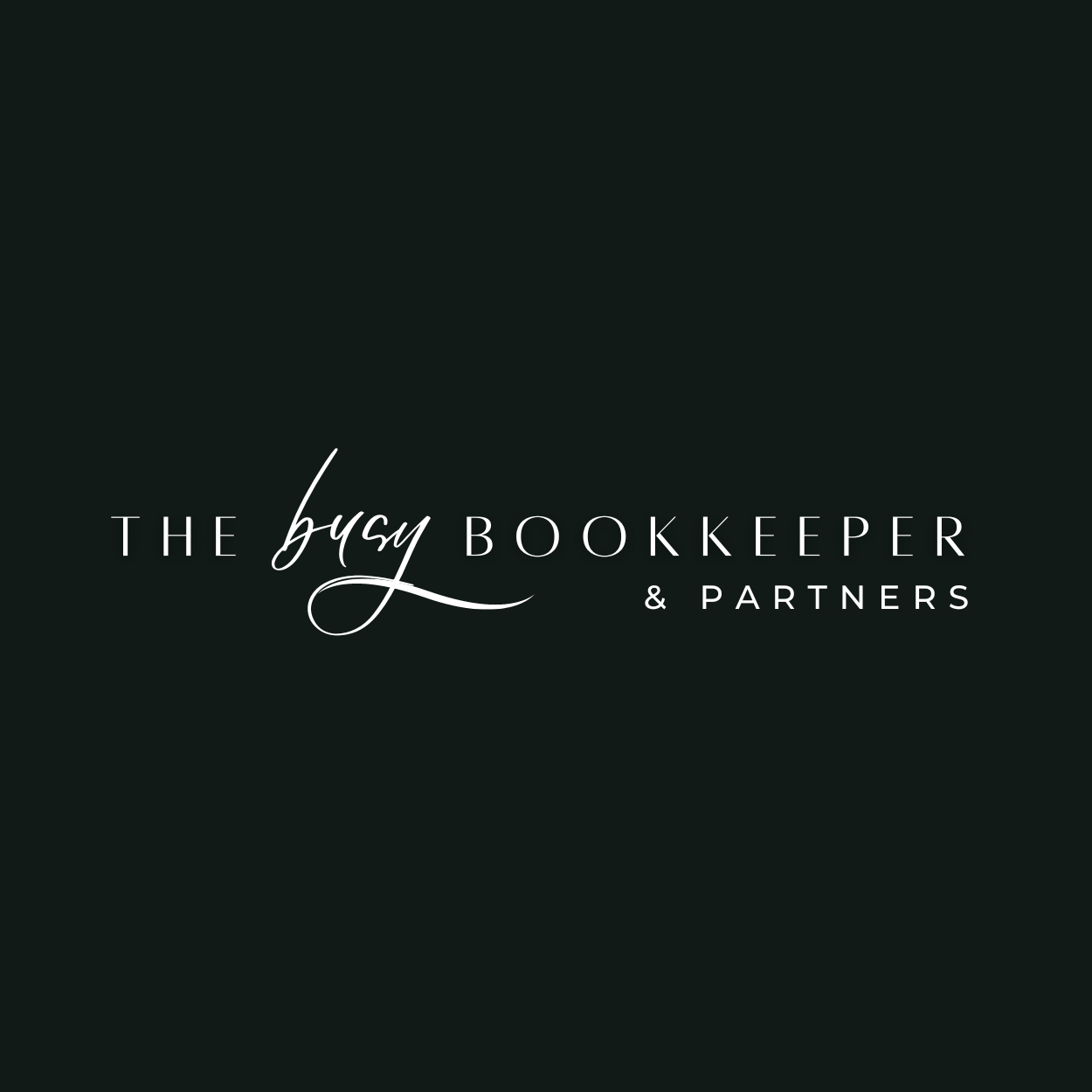Every registered business in South Africa must fulfill specific compliance requirements to operate legally. One of the essential obligations is filing annual returns with the Companies and Intellectual Property Commission (CIPC). This blog post will guide you through who needs to file these returns and the responsibilities involved in the process.
Who Needs to File CIPC Annual Returns?
All Registered Companies: Every company registered with the CIPC, including private and public entities, must file annual returns. This requirement applies whether your business is active or inactive.
Close Corporations (CCs): Similar to companies, close corporations must also file their annual returns to remain compliant with the CIPC regulations.
Non-Profit Companies (NPCs): Registered NPCs are required to file annual returns to maintain their status and eligibility for funding.
Foreign Companies: If you have a foreign company registered in South Africa, you must file annual returns in accordance with the Companies Act.
What Are the Responsibilities of Filing Annual Returns?
Filing Deadline: Annual returns must be filed within a specific timeframe, typically within 30 days after the company’s anniversary date. Late filings may result in penalties or the deregistration of the company.
Payment of Fees: There is a prescribed fee for filing annual returns based on the type of company. Ensure that you check the current fee structure on the CIPC website.
Accurate Information: Companies must provide accurate and up-to-date information, including details of directors, registered address, and shareholding. Failing to do so can lead to complications or penalties.
Keep Records: Maintain thorough records of all documents submitted to the CIPC. This ensures that you have the necessary evidence in case of disputes or audits.
Stay Informed: It’s essential to keep abreast of any changes in legislation or CIPC regulations that may affect your business’s filing obligations.
Filing annual returns with the CIPC is a crucial compliance requirement for all registered businesses in South Africa. Understanding who needs to file and their responsibilities can help ensure your business remains in good standing and avoid unnecessary penalties. If you need assistance with your CIPC annual returns or have questions about compliance, don’t hesitate to reach out to us!
Disclaimer: This post offers general information. Consult a professional – like an exceptional member of our team – should you require some assistance. Additionally, this post may contain affiliate links. If you purchase through these links, we may earn a commission at no additional cost to you. We only recommend products that we believe will add value to our readers.

























